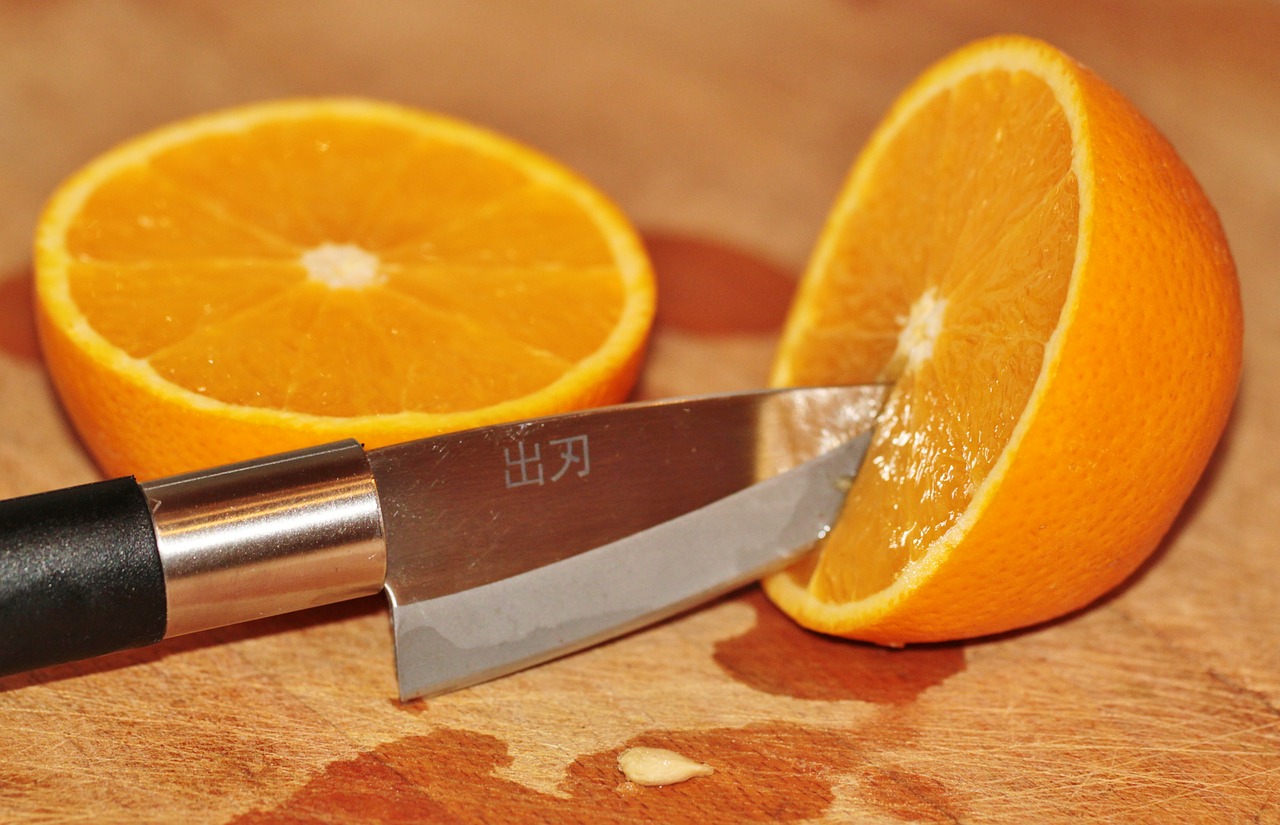There are a few different ways to utilize the zest of our favorite citrus fruits – which one you use depends upon the end result you’re going for – long strips, thinly minced, or somewhere in between.
Of course, what dish you’re incorporating the zest into should be considered.
Image may be NSFW.
Clik here to view.
What is “zest,” exactly? By definition it is the “outermost part of the rind of an orange, lemon, or other citrus fruit, used as flavoring.”
Besides contributing a refreshing punch of citrus flavor to sweet or savory dishes, not surprisingly zest can also serve as a pretty garnish.
There are four primary tools for zesting: a grater, a knife, a vegetable peeler, and of course, a zester; I’m including microplanes under the category of graters.
Here’s the breakdown:
Grater: used for very fine zest.
Knife: used for long, thick, strips of zest.
Vegetable peeler: Used for chunky pieces of zest.
Zester: Used for cute, ribbony zest.
Using a knife or a vegetable peeler, you can make longer strips of zest, which are ideal for garnishing drinks.
Most important tips:
Avoid getting the white membrane part of the fruit in with the zest; it’s bitter.
- Use zest right away, as it will lose its flavor over time.
- Zest is able to be stored in an airtight container in the refrigerator for a couple of days; you can also freeze or dry it.
The post Proper zesting techniques appeared first on ErinNudi.com.
